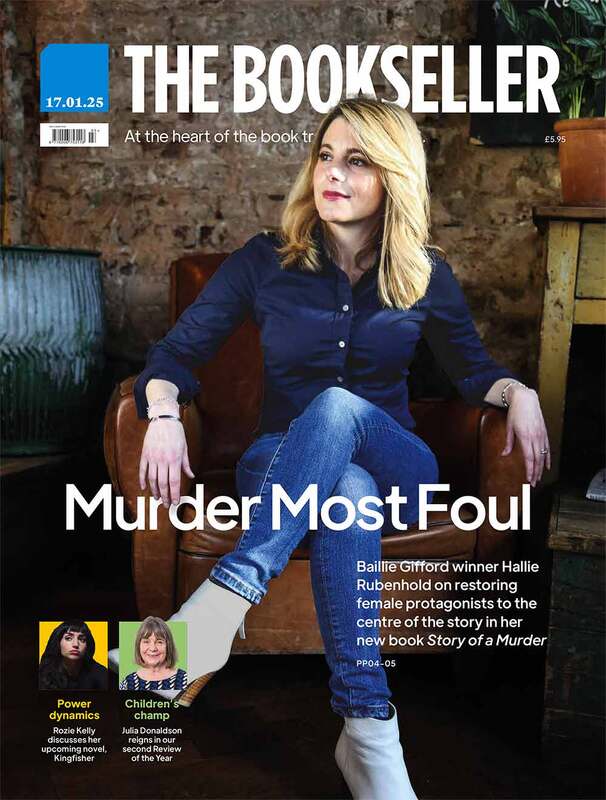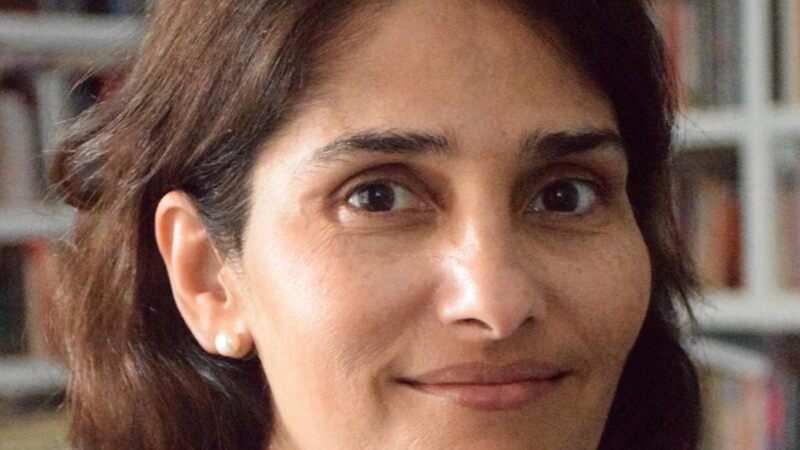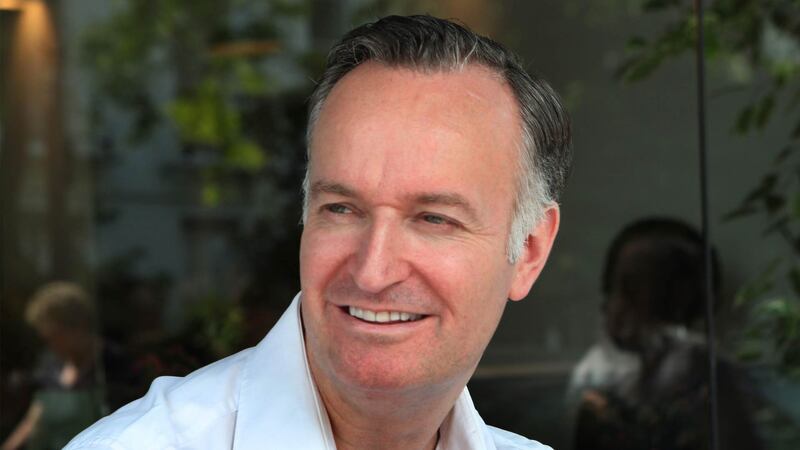You are viewing your 1 free article this month. Login to read more articles.
Has publishing abandoned teen boys?
Teen boys can be tempted back to books, but the industry needs to refocus its efforts.
Recently, I asked social media a question—are we ready to have the ‘there is nothing out there for teen boy readers’ discussion yet? What transpired on that thread was authors, booksellers, librarians, readers and parents all chiming in with fascinating responses. By far the most common was that there is a dearth of books for boys in the post-Middle Grade space.
Now, MG is filled with wonderful books for boys, but Teen and YA unquestionably lean towards girl readers. During my school talks all over this country, I’ve heard boys say: "I can never find a book I like" or, "Yours is the first book I’ve read in ages". You might think hearing that is nice, but more than anything it’s frustrating. Because it means publishing isn’t serving them in the way they deserve. And if this industry isn’t serving its young readers, particularly at a time when you either capture them for life or lose them forever, then change is desperately needed.
A crucial point made on the thread was that all Teen publishing is underserved. I agree, and there seems to be two key reasons for this. The first is that there is no industry-accepted term for children 13-16. ’Teen’ is a term that is sometimes used, but it’s by no means universally acknowledged. While some online retailers have a Teen and YA category, most brick-and-mortar bookshops have either a Teen or YA section, not both. Which means that a 15-year-old walking into a bookshop must make their way through countless books that are not written with them in mind before they find one that is. This is particularly true for teen boys, who are increasingly unlikely to find books for them on tables or face-out on shelves. Booksellers are well aware of this, and I’m convinced that it’s only with their knowledge and expertise that that boy would walk away with a book that is for him.
Somewhere along the way, publishing has convinced itself that it doesn’t know how to market books for teens, particularly teen boys.
Somewhere along the way, publishing has convinced itself that it doesn’t know how to market books for teens, particularly teen boys. I want you to think about the last time you read a book that had a 14, 15 or 16-year-old protagonist. Nothing come to mind? That’s because if your protagonist is aged 15, an agent/publisher will often ask you to age them up or down, depending on the themes and content of your story. This is understandable. They want to fit your story into a package they believe they do know how to market. Another concern they have is: who is the person buying Teen books? In MG, most books are bought by parents. In YA, particularly with the rise of BookTok, it’s likely to be the readers themselves. Appealing to parents vs teens requires a very different strategy in terms of cover approach, marketing and messaging.
These are legitimate concerns, and yet the biggest publication children’s books has seen in years, Skandar and the Unicorn Thief by A F Steadman, which became a massive international bestseller, is a boy-led Upper MG/Teen book. So the reality is that the industry can absolutely market Teen… when it wants to. Which brings us to another great point made: there are books for teen boys out there already, but they are simply not supported by their publishers. Skandar is an outlier. Most writers will never have that level of marketing support, especially those writing boy-led Teen books. That’s because publishing has convinced itself of another fallacy—teen boys don’t read. Skandar’s success disproves this, but so too does the rise of graphic novels and manga, a genre boys have flocked to in their millions because they are far better served there. Boy readers will go where they are welcome—and right now, by not marketing and promoting the few authors who are writing for them, publishing is showing boys they are unwelcome.
The final response I want to discuss is that books are genderless, able to appeal to all young readers. This is an argument I somewhat agree with, but I’m not sure publishing does. My own MG debut, Crookhaven, was acquired as a ‘boy lead title’, with a definite strategy to target boy readers. The protagonist, a boy, starts the series at 13 years old and will end it at 18 years old. What I have found fascinating about this is that in the international territories where my publishers have gone out strongly with ’this is a boy-led book’, the book has sold far better. That, again, contradicts the publishing view that boys don’t read. They do, and voraciously, but only if you publish, market and promote books that have them in mind. It’s my sincere hope that publishing will come to understand this and do all it can to entice the teen boys they have so desperately neglected back to reading, before it’s too late.

















